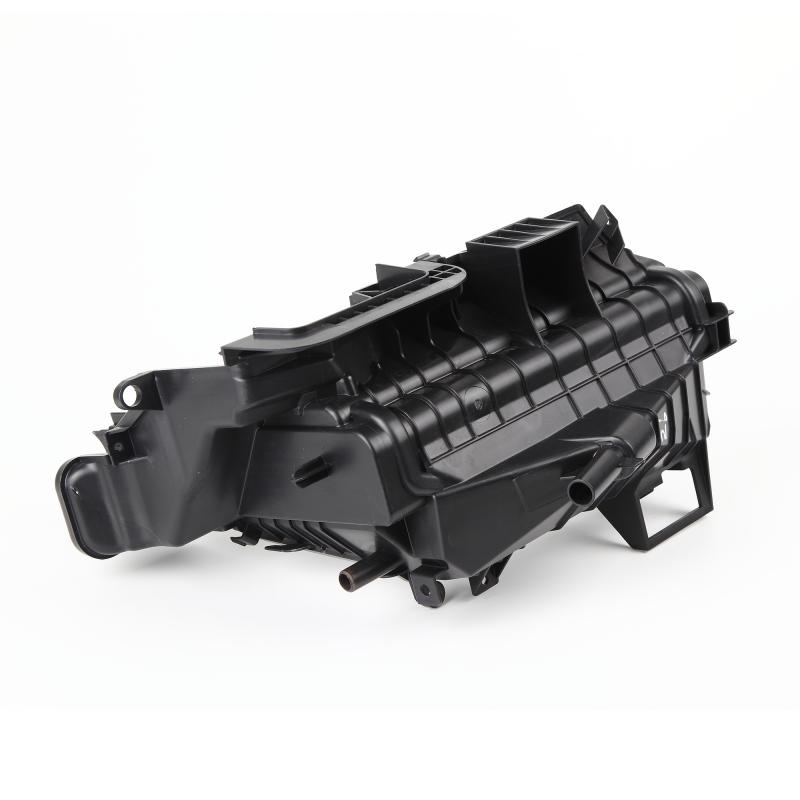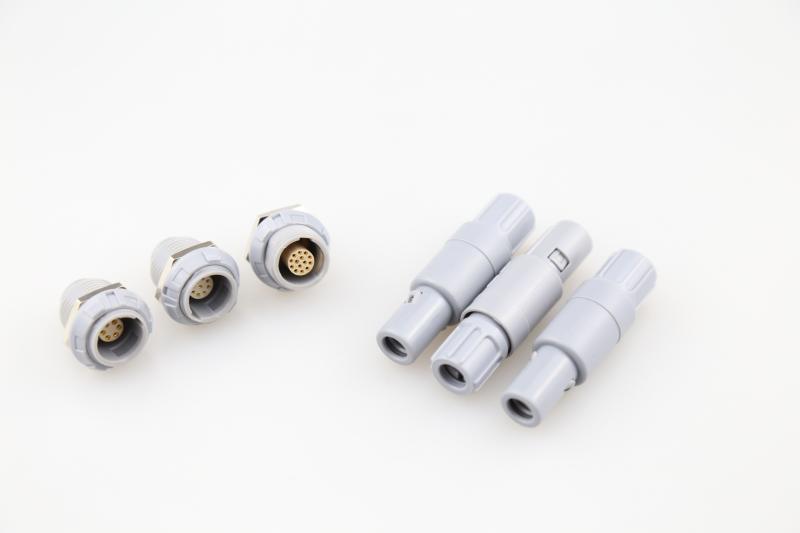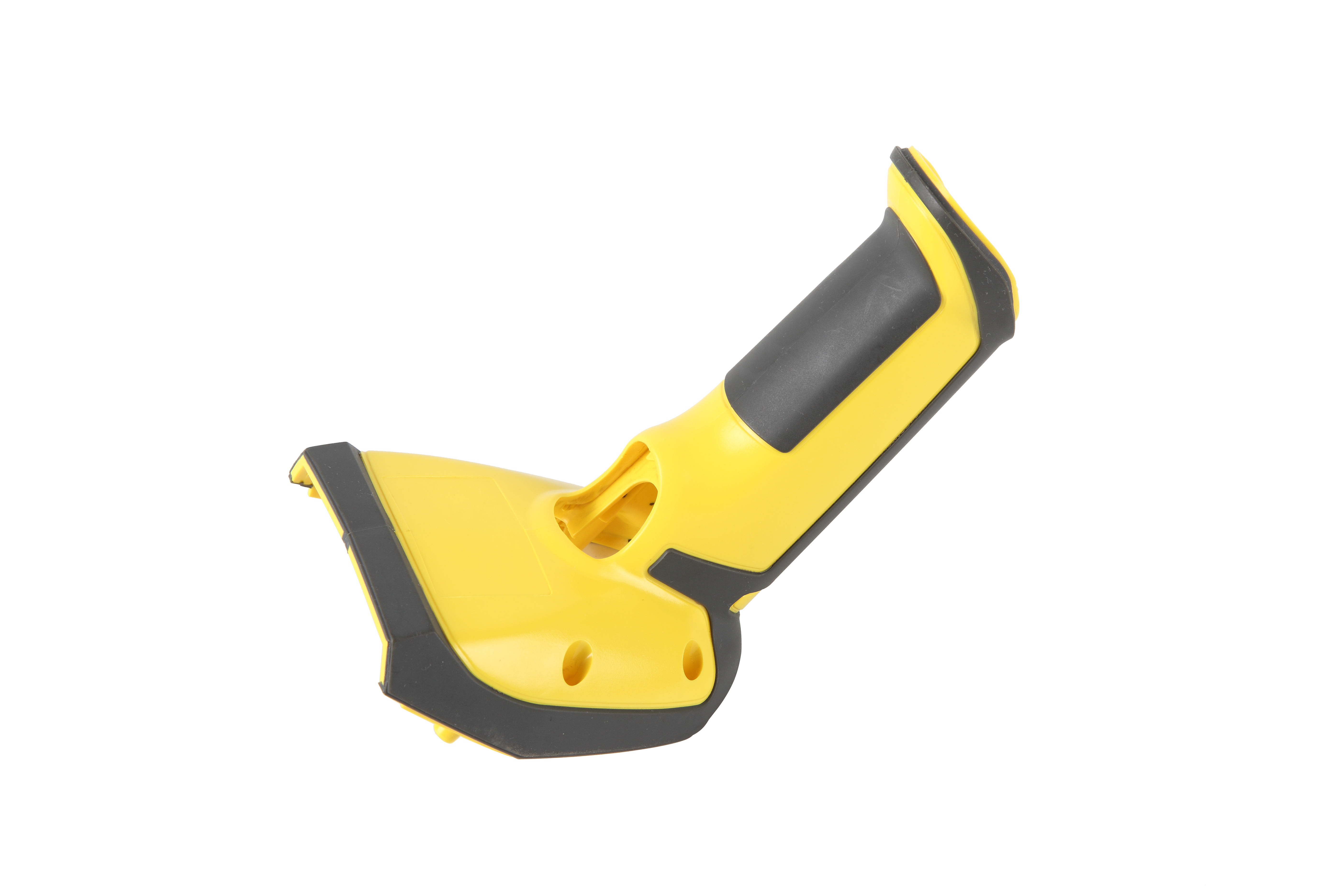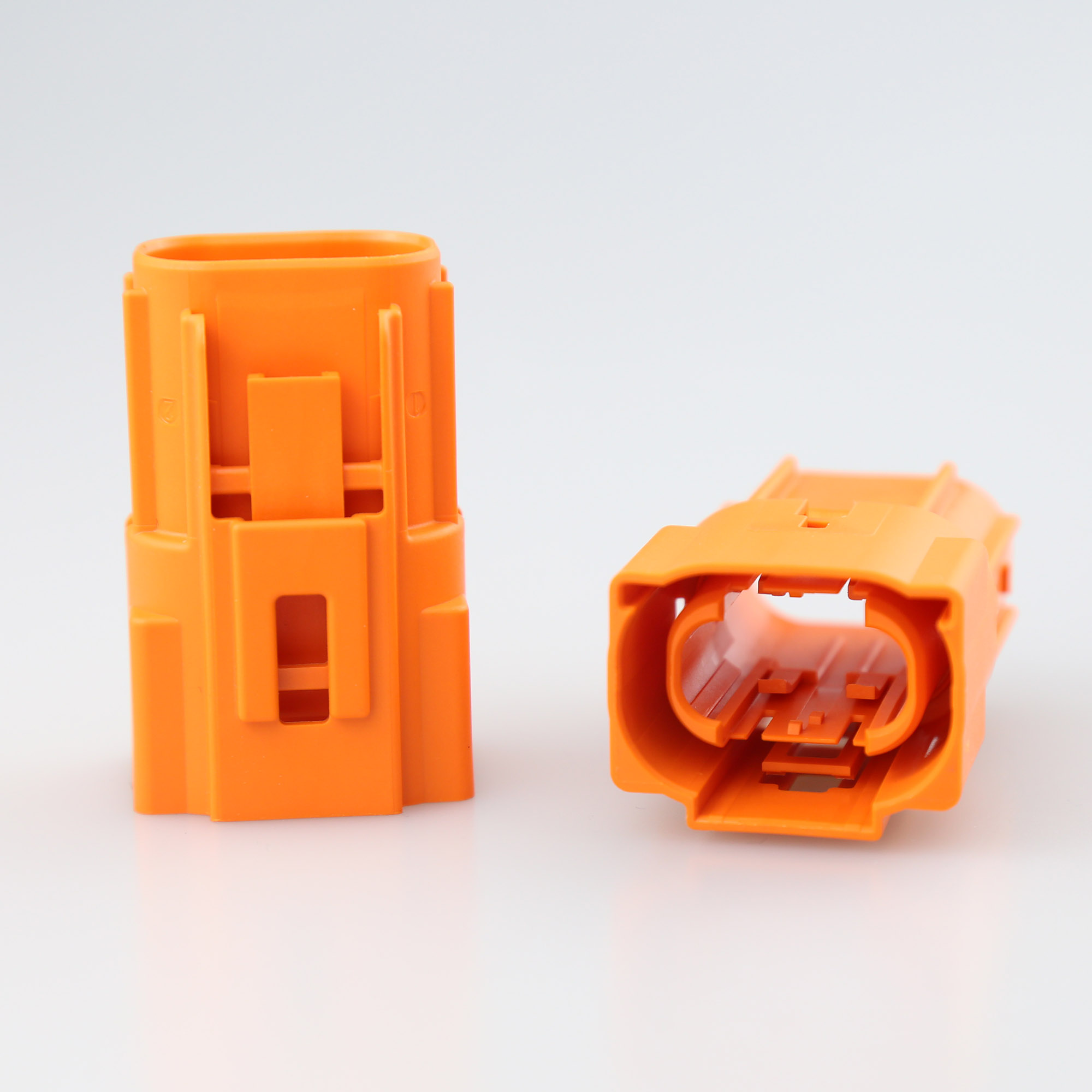



An In-Depth Look at Improving Injection Mold Modification
Injection mold modification is a critical aspect of the manufacturing process, allowing companies to optimize their production and ensure high-quality output. This article delves into the various aspects of this process, exploring the techniques, challenges, and benefits associated with enhancing injection mold modification.
1. Understanding the Injection Mold Modification Process
The injection mold modification process involves making alterations or changes to the mold tool to improve its performance, extend its lifespan, or accommodate specific production requirements. This process typically consists of several stages:
Assessment: Evaluating the current mold design, identifying shortcomings, and assessing improvement opportunities.
Planning: Developing a comprehensive modification plan, including design changes and tooling adjustments.
Execution: Implementing the planned modifications, which may involve machining, welding, grinding, or applying specialized coatings.
Testing: Verifying the effectiveness of the modifications through trial runs and quality inspections.
Integration: Incorporating the modified mold tool into the production line for enhanced performance.
2. Common Challenges in Injection Mold Modification
While injection mold modification offers numerous advantages, it also presents challenges that manufacturers must overcome:
Complexity: Modifying intricate mold structures requires advanced technical skills and specialized equipment.
Time and Cost Constraints: Executing mold modifications within tight timelines and budget limitations can be demanding.
Quality Assurance: Ensuring that the modifications do not compromise product quality or consistency can be a complex task.
Compatibility: Integrating modified molds seamlessly into existing production lines without disruptions or compatibility issues.
3. Techniques for Enhancing Injection Mold Modification
To overcome these challenges and improve the overall injection mold modification process, manufacturers can adopt several techniques:
Advanced CAD/CAM Systems: Utilizing cutting-edge computer-aided design (CAD) and computer-aided manufacturing (CAM) technologies to streamline design and production processes, reducing errors and increasing efficiency.
Additive Manufacturing (AM): Employing 3D printing or other additive manufacturing techniques to produce prototype molds for testing modifications before implementing them on production molds.
Surface Coatings: Applying specialized coatings to modify mold surfaces, enhancing release properties, wear resistance, and corrosion resistance.
Simulation Software: Utilizing simulation software to predict the behavior of modified molds, optimizing design changes before implementation and reducing trial and error.
4. Benefits of Enhanced Injection Mold Modification
Improving the injection mold modification process offers several advantages:
Enhanced Operational Efficiency: Modifications can optimize production, minimize downtime, and improve overall manufacturing efficiency.
Extended Mold Tool Lifespan: By implementing targeted modifications, manufacturers can extend the lifespan of their mold tools, reducing costs associated with frequent replacements.
Superior Product Quality: Well-executed modifications can optimize mold performance, resulting in higher quality products with improved dimensional accuracy and surface finish.
Innovation and Adaptability: Effective mold modification allows companies to adapt to changing market demands, enabling the production of new product designs without significant investments.
5. Conclusion
Injection mold modification is a crucial process for manufacturers aiming to optimize production and achieve high-quality output. By understanding the process, overcoming challenges, adopting new techniques, and reaping the benefits, companies can stay at the forefront of manufacturing excellence.